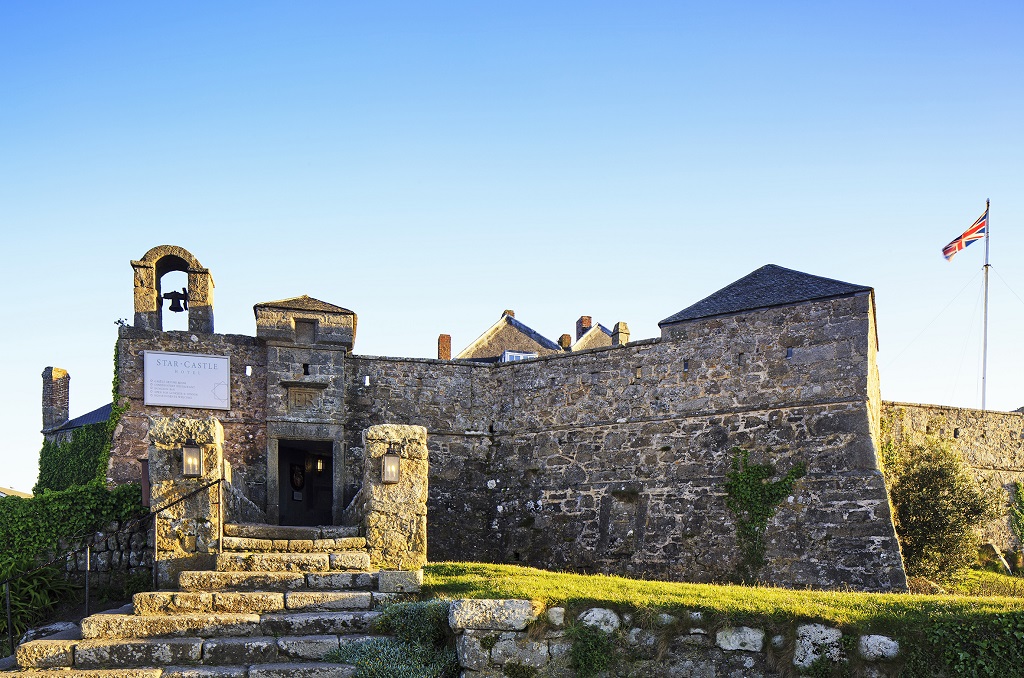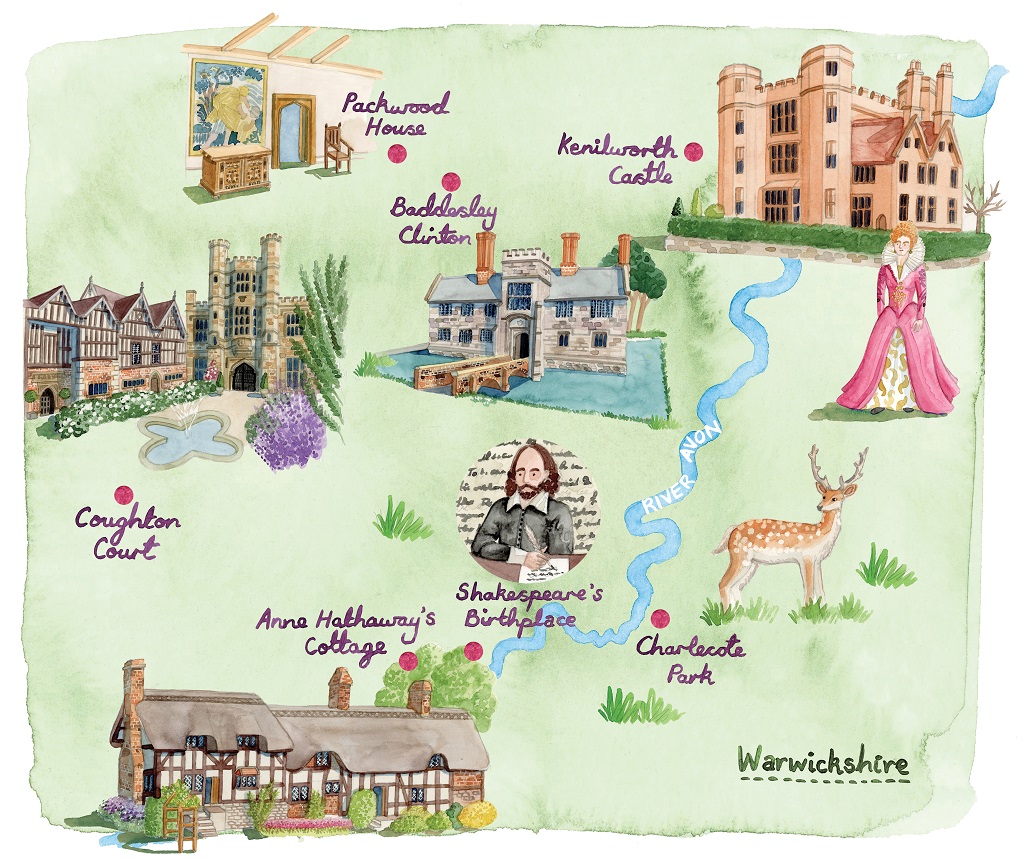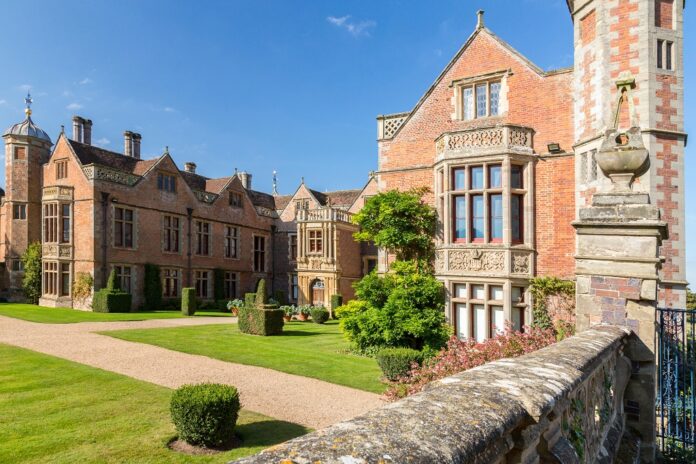From the castle that hosted Elizabeth I to the humble dwelling where Shakespeare was born, Warwickshire is blessed with a host of Tudor sights
Two hundred years ago, in 1821, the publication of a novel called Kenilworth brought visitors flocking to the Warwickshire castle of the title. The author Walter Scott is celebrated elsewhere in this issue (September/October 2021), but is mentioned here because the popularity of his story – about Elizabethan court favourite Robert Dudley’s ‘secret’ marriage to Amy Robsart and its repercussions – shows that our modern fascination with the Tudors and their dazzling, turbulent times is nothing new. Combine the Tudors and their beautiful homes with Warwickshire’s classic green English countryside and you have the makings of a wonderful tour.
So let’s begin at Kenilworth Castle and Elizabethan Garden, now cared for by English Heritage but once the property of monarchs including King Henry VII, who built a tennis court here, and gluttonous Henry VIII, who characteristically concerned himself with the location of a banqueting house. In 1563 Elizabeth I granted the castle to her beloved Robert Dudley, soon to be Earl of Leicester, and Dudley lavished a fortune turning the medieval fortress into a sumptuous palace and pleasure garden to impress the queen.

Elizabeth visited Kenilworth four times, most famously on her summer progress of 1575 when she stayed for 19 days of dancing, fireworks and pageantry – a climactic scene of Scott’s novel. In Leicester’s Gatehouse an exhibition about Dudley and Elizabeth’s romance helps you to sort fact from fiction and you can enjoy superb views from the tower built for the queen’s use. Then explore the authentically recreated garden where Dudley beguiled Elizabeth with richly perfumed flowers, magnificent arbours, a bejewelled aviary and an 18-foot fountain carved from Carrara marble.
Our next visit, an eight-mile drive westwards from Kenilworth, is the gorgeous moated manor house of Baddesley Clinton. This was the seat of the Catholic Ferrers family for 500 years and much of the house you see today, including the Great Hall, was built in the late 1500s by lawyer and diarist Henry Ferrers ‘the Antiquary’: so-called for his scholarly pursuits and interest in heraldic decoration.

Yet all was not quite as peaceful as today’s scene suggests. Life in Tudor England following Henry VIII’s break with Rome was fraught with dangers as the country lurched about with each successive sovereign, from Protestant Edward VI to Catholic Mary, to Protestant Elizabeth. In the 1580s Henry Ferrers the Antiquary leased his home to two ardently Catholic sisters, Eleanor and Anne Vaux, and the house became a secret meeting place for persecuted Jesuit priests, among them Father Henry Garnet, Jesuit Superior of England. The sisters even employed Nicholas Owen, the leading priest-hide builder, to create three priest-holes – you can view one today through the kitchen floor. It was here that Garnet and seven priests hid when pursuivants (priest hunters) battered on the door early one morning in October 1591, as Garnet recorded: “They tore madly through the whole house, searched everywhere, pried with candles into the darkest corners. They took four hours over the work but fortunately they chanced on nothing.” Apparently Henry the Antiquary, away in London, was oblivious of the dramatic goings-on.






 © 2024
© 2024